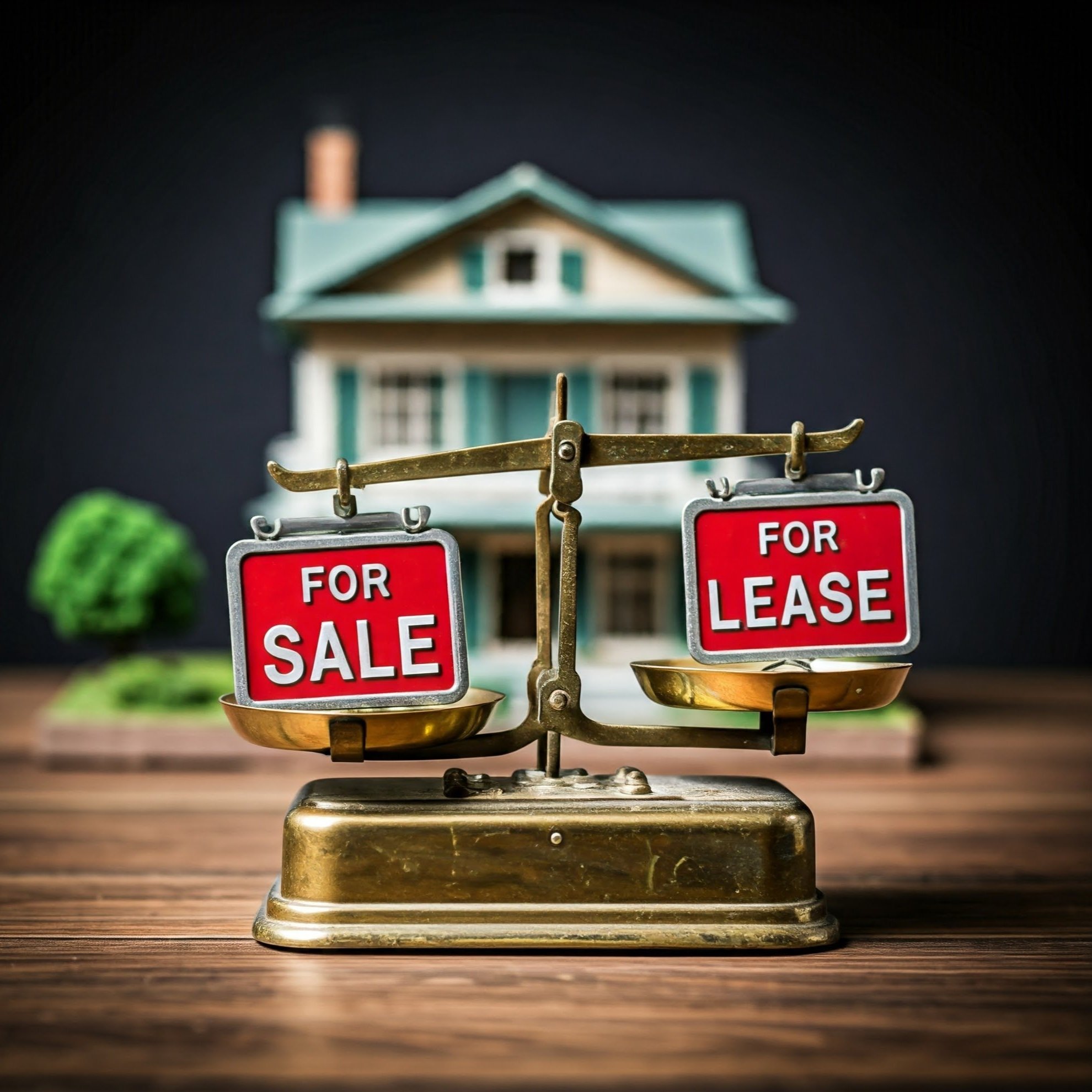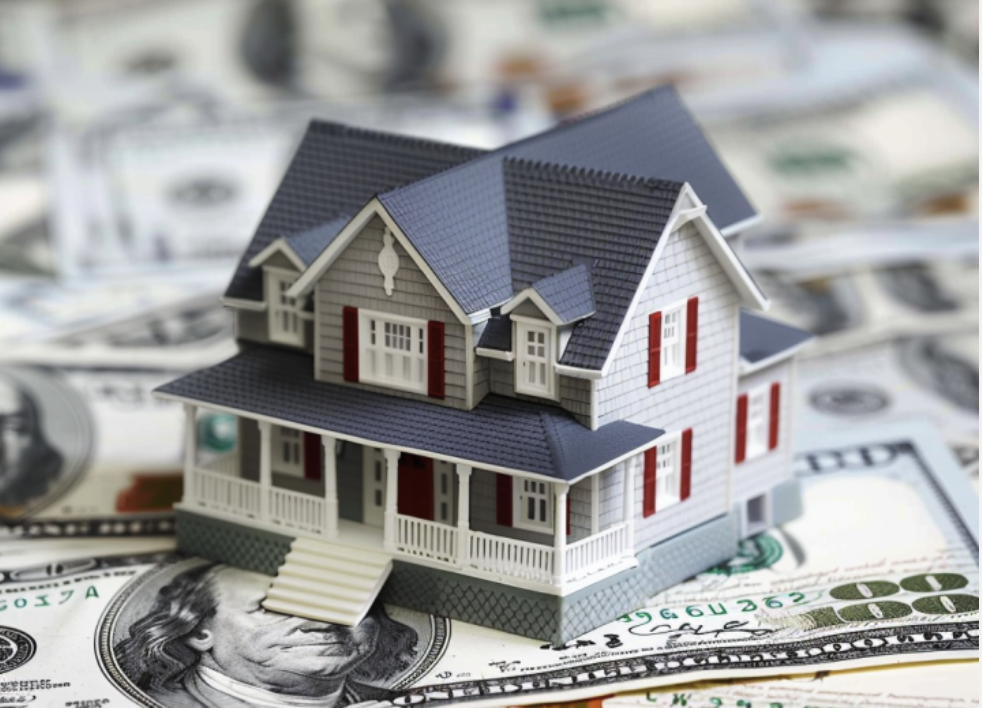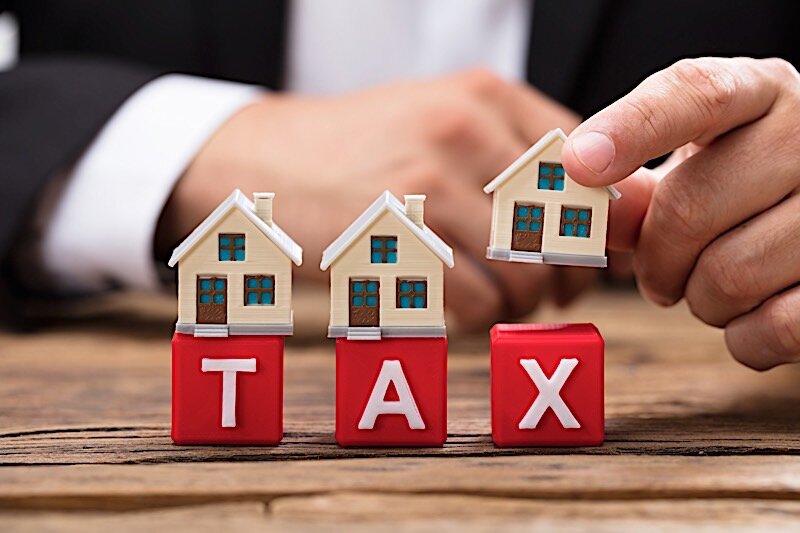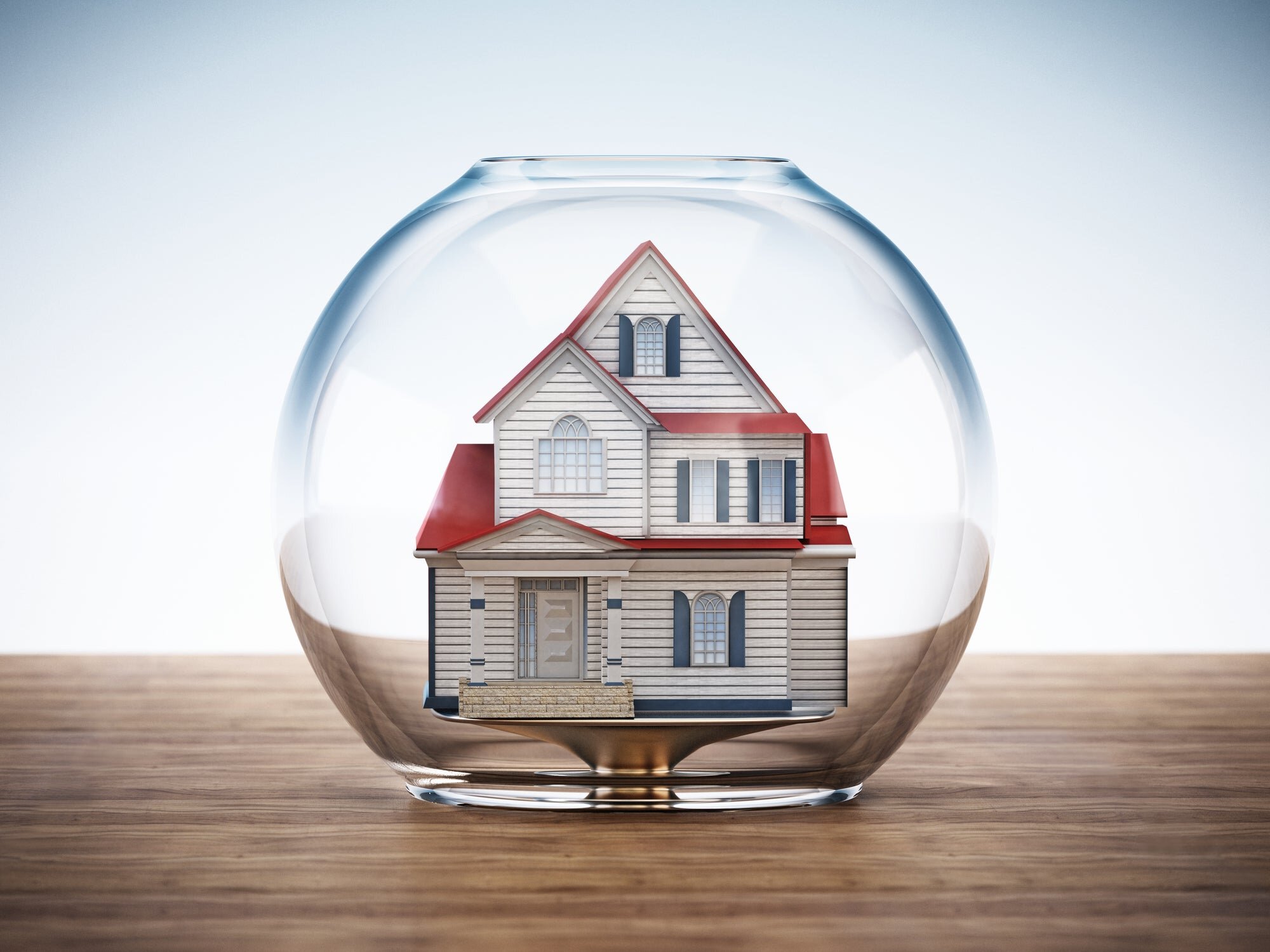The True Cost of Maintaining Rental Properties
When you buy a rental property, you make certain financial assumptions — how much will it rent for, how often will it be vacant, what will your various expenses be, and so on. This set of numbers is often called a “pro forma”, and is used to calculate your expected cash flow. (Most investors will use a spreadsheet tool to assist with this, such as my free property analyzer.)
On the expense side, most of your costs are pretty easy to figure, such as your mortgage payment, property taxes, insurance, your property management fees. These are well-known costs, and you wouldn’t expect your ACTUAL expenses to vary much from your pro forma.
But these is one expense that CAN vary quite a bit from your budgets: your maintenance & repair costs. From floors to doors, toilets to trim, furnaces to fences — the entire house needs to be maintained, and those costs can add up fast. You can make assumptions about what these costs will be, but does reality match those expectations? When you look at pro formas provided by someone else, such as a turnkey provider, can you really believe those numbers?
In other words: what is the TRUE cost of maintaining rental properties?
To answer this critical question, I took a deep dive into my own portfolio’s data, going all the way back to when I started buying properties in Memphis more than 6 years ago. It’s a lot of data, but when properly analyzed, it’s a treasure trove — in addition to total costs, we’ll be able to see whether costs correlate with various factors, such as the age of the home, the initial condition it was in, etc. And this may give us important insights into the kinds of investment properties we should be buying in the first place.
I’m not aware of any such analysis of rental property costs anywhere in the public arena — this may be a first-of-its-kind. Which is pretty cool, when you think about it. (If I’m wrong about that, let me know in the comments!)
So what do the data tell us? Let’s find out!
My Maintenance Cost Data
Before we dive in, just a quick word of explanation on my data and methodology.
I own 25 rental properties in the Memphis market. For each property, I have data in my accounting system (I use RentalHero) going back to my initial purchase, with each expenditure being categorized either as maintenance or CapEx. (We’ll be looking at both in this analysis: maintenance costs are regular ongoing repairs to existing items, while CapEx refers to the wholesale replacement of larger elements of the house, such as the roof or HVAC unit.)
So it’s quite easy for me to pull the total maintenance costs and total CapEx for each property. But I haven’t owned all the properties the same length of time, so I can’t just directly compare the totals for each property. Instead, to achieve an apples-to-apples comparison, I noted for each property the number of months it has been in operation — ranging from my first property at 74 months to my newest at 23 months — so that I could calculate an average monthly spend for both maintenance and CapEx.
It will be this average monthly spend that I’ll focus on throughout this analysis.
What have I spent to maintain my rental properties?
Well…I’ve spent quite a lot, actually. Since I first bought Property #1 back in 2018, I have spent over $186,000 on maintenance costs, and another $157,000+ on CapEx.
But those big scary numbers don’t mean much until we calculate the average amount per property per month. Here is a table showing all 25 properties, their average maintenance & CapEx per month, with the totals at the bottom:
In total, then, over 1363 “property months”, I have spent an average of $137/mo. per property in maintenance costs, and another $115/mo. per property in CapEx.
Is this a reasonable amount? Well, the costs are a bit higher than I anticipated at the beginning of my investing journey, when I was hoping to keep costs below $100/mo. for both maintenance & CapEx. But of course there has been significant price inflation since then, so perhaps it’s appropriate that my average costs would be a bit higher. (This is a good time to caveat that my data is NOT inflation-adjusted — I’m simply using the nominal dollars spent across the 2018-2024 timeframe.)
However, many investors will use either a “1% percent of value” or “10% of rent” to estimate maintenance costs. How do my actual costs compare to those estimation methods? If I were to use either of those methods, my average monthly spend would be budgeted at $122/mo., which is not too far off from the reality I’ve experienced.
So here’s one early takeaway from this data: if you’re budgeting significantly less than ~$120/mo. in maintenance expenses for properties you’re looking to buy, you’re probably being overly optimistic.
But this is just the beginning. Knowing your total average spend is one thing, but it gets MUCH more interesting when we start to analyze the differences between individual properties. Take another look at the chart above — there are HUGE variations in expense incurred by property. At Property #15, I’ve spent only $7/mo. on average, (with $0 CapEx) whereas at Property #7 it has been $319/mo. and another $477/mo. in CapEx.
By looking at some other attributes of these properties, we can see if any meaningful patterns emerge. Here are the property attributes I’ll now analyze to see if they correlate with the average costs I’ve incurred:
Age of home
Condition of home at purchase
Size of home
Number of “turns” performed
What factors predict property maintenance costs?
1 Age of the home
Intuition would tell us that older homes require more maintenance than newer ones. Has this proven true in my portfolio?
To find out, I separated my properties into four buckets by the year they were built: 1940-1959; 1960-1979; 1980-1999; & 2000 and later. Take a look at my numbers for each one of those buckets — I included a chart for you visual learners:
It’s pretty clear: the older a home is, the more I’m spending to maintain it, on average.
In particular, homes built since 2000 have been particularly cheap to maintain, but I only own two of those, so the sample size is very small. Still, my 1980s/1990s homes (and I have 8 of those) have been noticeably cheaper than my mid-century properties.
2 Condition of the home at purchase
This one also seems quite intuitive. If you buy a fully-rehabbed turnkey property, you’d expect your ongoing maintenance costs to be lower — in fact, that’s one of the reasons you might be willing to pay a premium on a turnkey home. But have I actually paid less to maintain my turnkey properties compared to the balance of my portfolio?
For this analysis, I assigned one of three values to each property based on the condition it was in when I bought it:
Full Turnkey: a fully-rehabbed property purchased directly from a turnkey provider I had vetted
Rehabbed: a property that was rehabbed, but either 1) not by a provider I knew, or 2) not immediately prior to my purchase, or 3) not in rehabbed in full
Regular: a non-rehabbed property in “normal” condition, most often purchased with an existing tenant in place; for most of these, I expected an expensive “first turn” when the inherited tenant vacates
Splitting up my properties this way, here’s what the data shows:
Just as I found years ago when looked at turnkey vs. non-turnkey properties (in this article), there are real savings associated with buying turnkey homes. My maintenance costs on my 9 turnkey homes have been about half that of my other properties ($75/mo. vs. $150/mo.) while CapEx has been an even smaller fraction.
Interestingly, there isn’t a huge difference between the other two categories. This reinforces something I’ve come to learn about “rehabbed” properties: unless the work is done by a reputable, vetted provider, it often isn’t much better than just buying a “regular” house where you’ll eventually have to pay for that rehab work yourself. Remember that not all rehab work is done with the same quality or level of care.
3 Size of the home
You might wonder why there would be any correlation between the size of the home and maintenance costs. After all, the cost to fix a leaking sink is the same whether the house that sink sits in is huge or tiny.
But there are other expenses that DO scale directly with size, such as the cost of interior paint, new flooring, roof replacements, cleaning, and more. (Even insurance can be more expensive for larger homes because of coverage minimums per square foot that are imposed by many carriers. That cost isn’t figured in this analysis, of course, which focuses exclusively on maintenance & repairs.)
So — do larger homes cost more to maintain in my portfolio? Again, I split my properties into 4 buckets based on square footage, and here’s what I learned:
While the correlation isn’t perfect here, we can nonetheless feel confident in concluding that larger homes will usually cost more to maintain, on average. My largest homes have been particularly pricy, at $215/mo. per property, and another $158/mo. in CapEx. There are only three properties in that bucket, but they’re all HUGE (2200+ square feet), and have all had more than their fair share of issues.
As I discussed in detail in my article on Property #6, I wouldn’t buy such large rental homes today. Live and learn!
4 Number of “turns” performed
When a tenant vacates a property, there is always some work needed to get tit ready for the next tenant. This process is called a “turn”, and as any rental investor will tell you, they can be expensive.
To illustrate the point, I sorted my properties based on how many turns I’ve performed on each of them — either 0, 1, or 2 (so far, I have not turned any property three times.) The results aren’t surprising, but they’re still eye-opening. Turns are obviously a significant driver of both maintenance expense and CapEx:
I also looked for correlations with several other property attributes, but found no other strong relationships. In particular:
purchase price of the home did not reliably predict expense levels
costs were essentially equal for homes that were occupied vs. those that were vacant at purchase.
Conclusion: How to reduce rental property maintenance expenses
Maintenance expenses are a fact of life for rental property investors. But if you’re looking to keep your maintenance costs low, this analysis suggests a few strategies that may help:
Buy newer homes. Older homes may cost you more over time, even if they have been well-maintained. However, older homes may also be cheaper and have better cash flow potential, so each investor must decide where to draw the line on what is “too old”. (Btw, if you want to maximize this strategy, you can consider build-to-rent homes.)
Consider turnkey properties. Homes that have been fully rehabbed by turnkey providers will tend to have lower expenses and CapEx, at least in the first decade or so. Of course, they also cost more to buy, so again, there’s a balance to be struck. Be sure that you buy from a reputable provider you’ve fully vetted, otherwise you may not realize the maintenance savings you expect.
Buy smaller homes. Extra space is not a good thing in a rental property, so stick with modest, functional properties that meet the basic needs of tenants. Avoid extra-large homes, bonus rooms, additions, storage sheds, etc. — less is more.
Keep your tenants a long time. Turns are expensive, so best to avoid them. For most remote investors, achieving long average tenancy will mostly come down your property manager’s performance in tenant screening, how they engage and communicate with tenants, how they handle lease renewal and rent increases, and more.
About the Author
Hi, I’m Eric! I used cash-flowing rental properties to leave my corporate career at age 39. I started Rental Income Advisors in 2020 to help other people achieve their own goals through real estate investing.
My blog focuses on learning & education for new investors, and I make numerous tools & resources available for free, including my industry-leading Rental Property Analyzer.
I also now serve as a coach to dozens of private clients starting their own journeys investing in rental properties, and have helped my clients buy millions of dollars (and counting) in real estate. To chat with me about coaching, schedule a free initial consultation.
